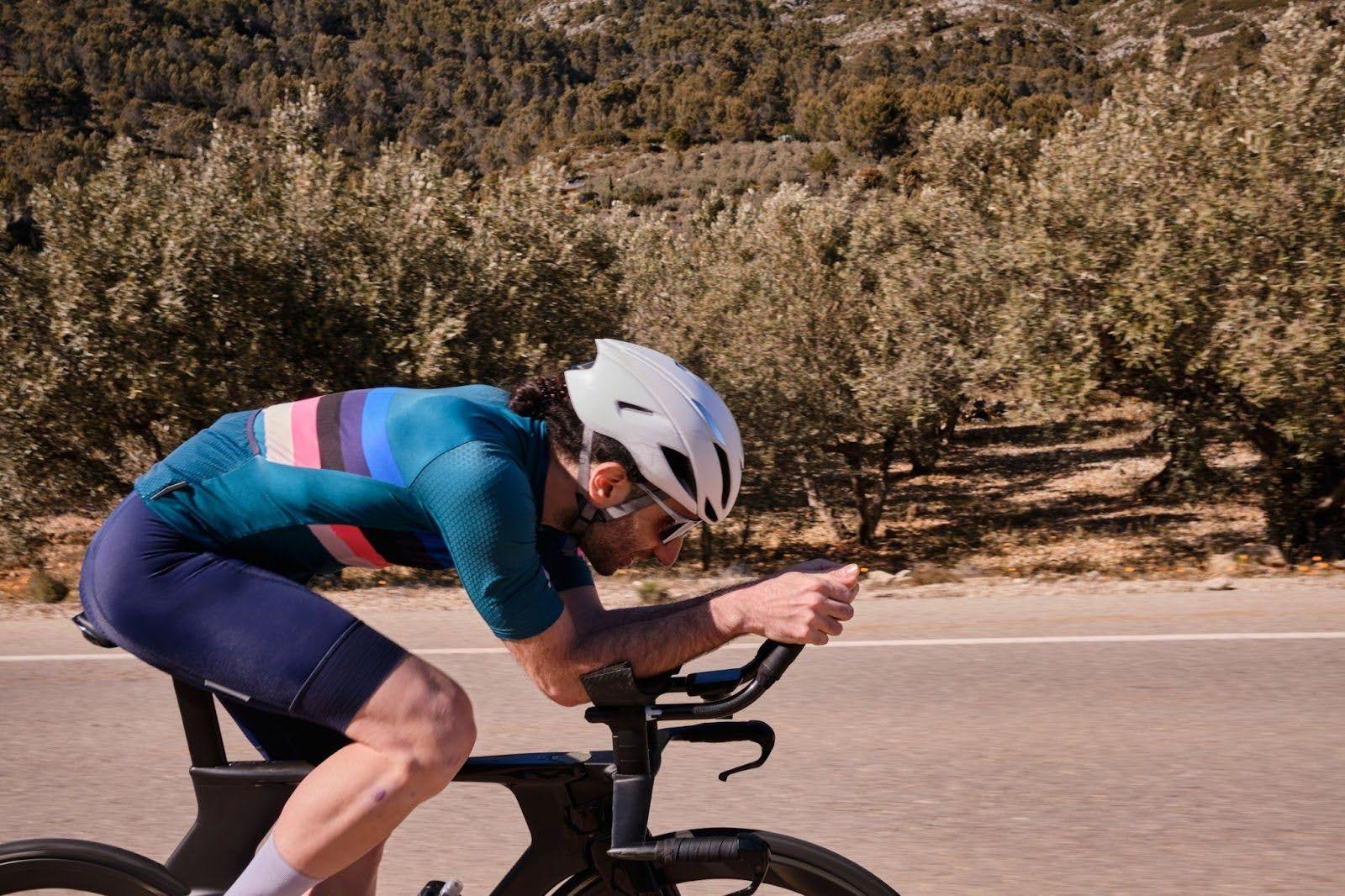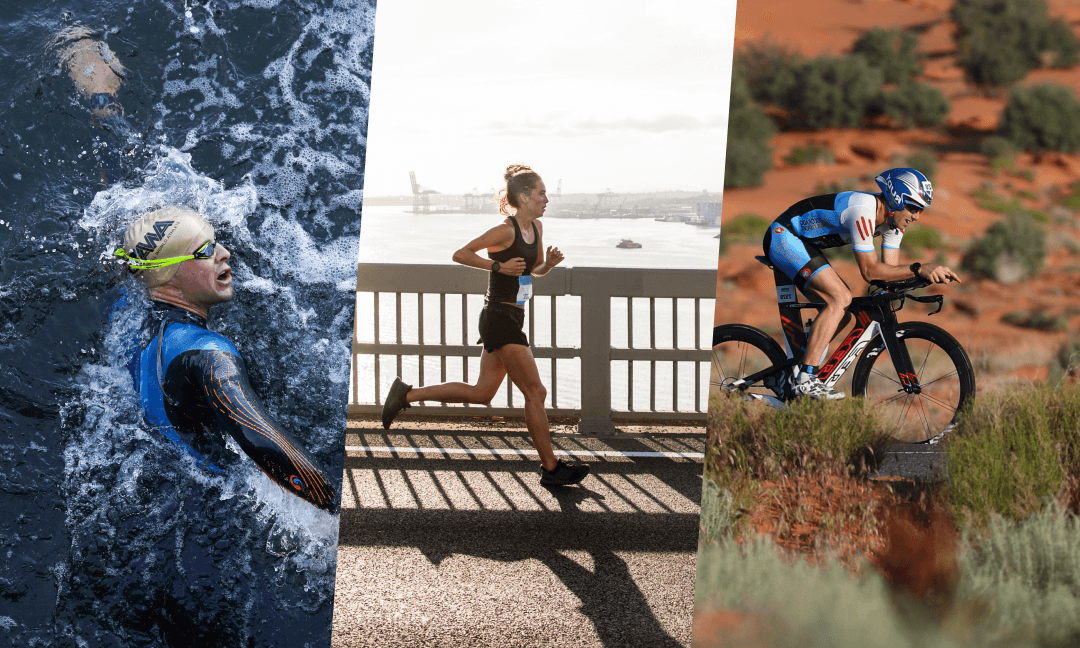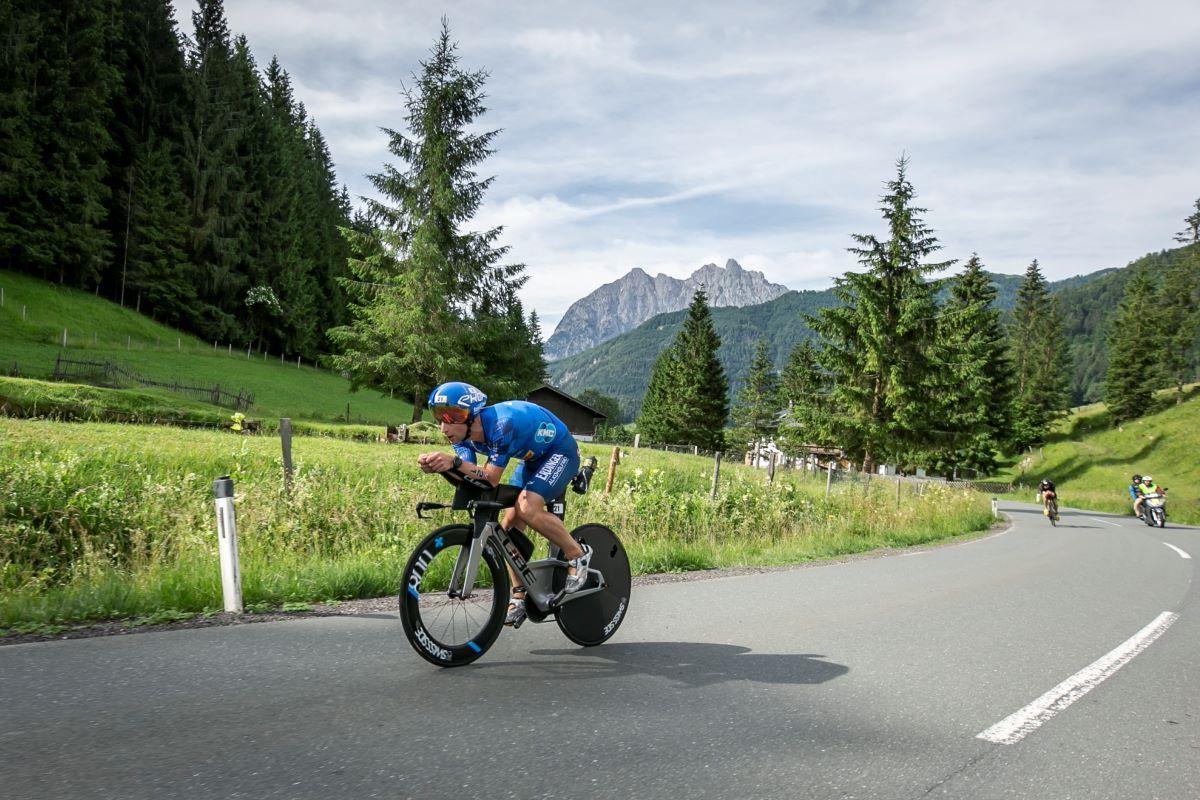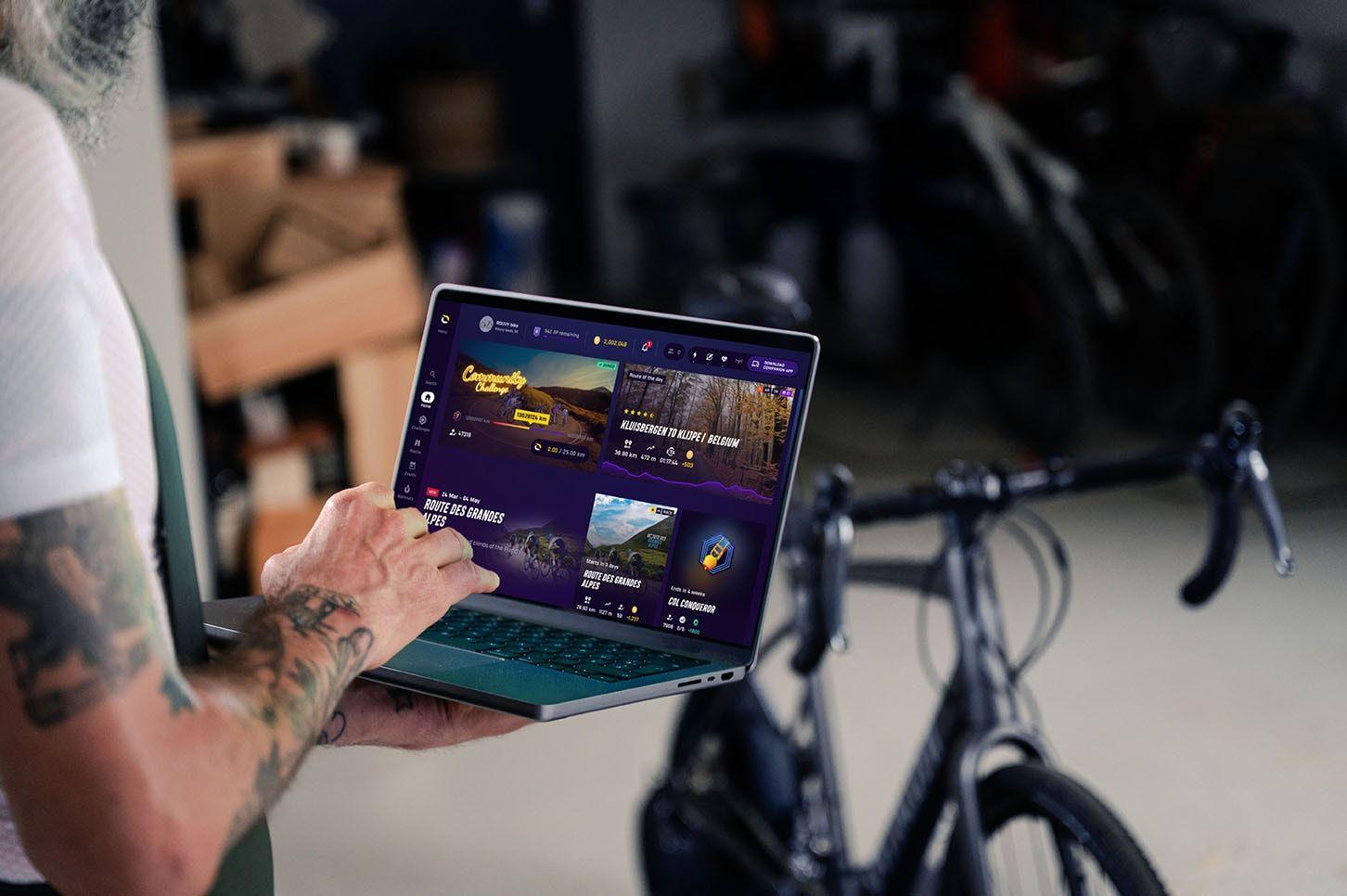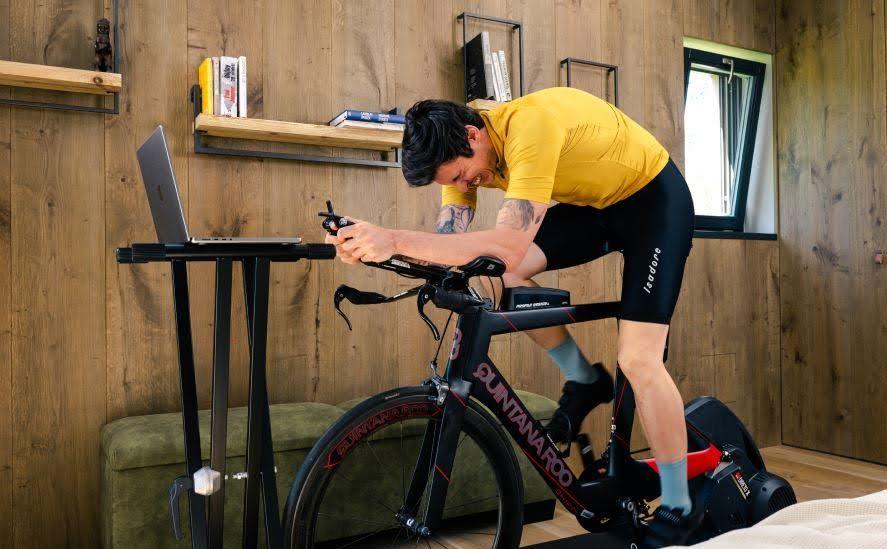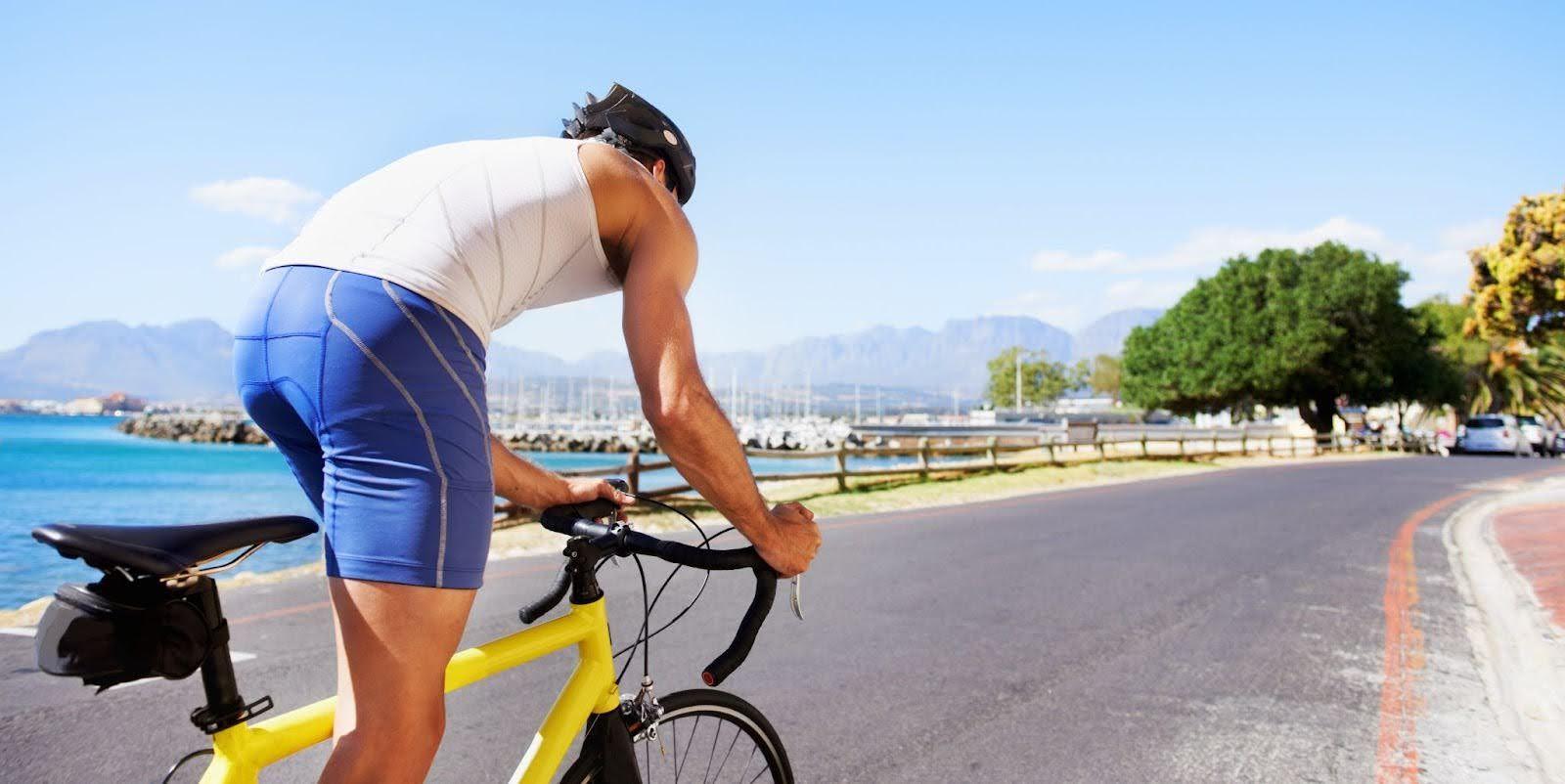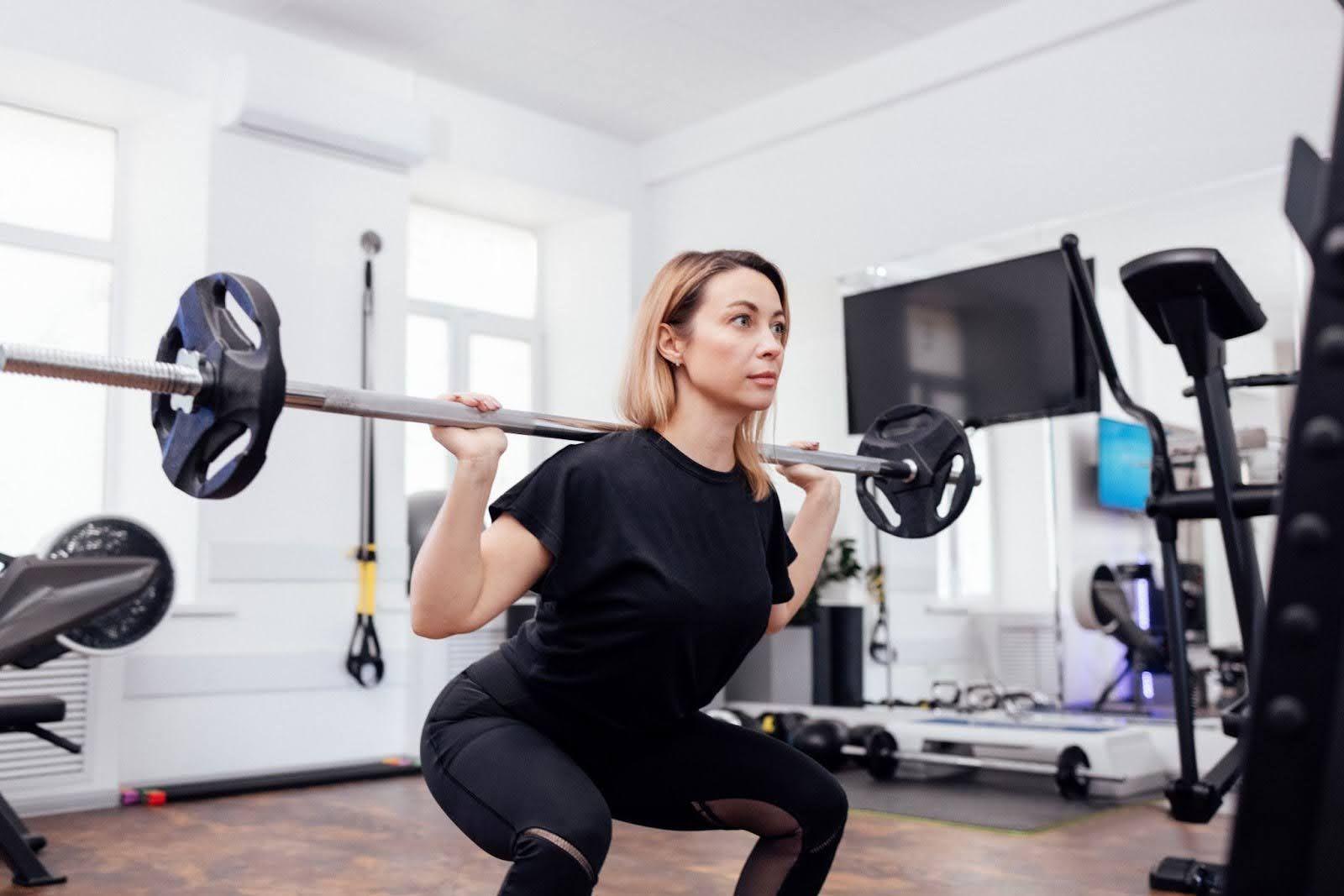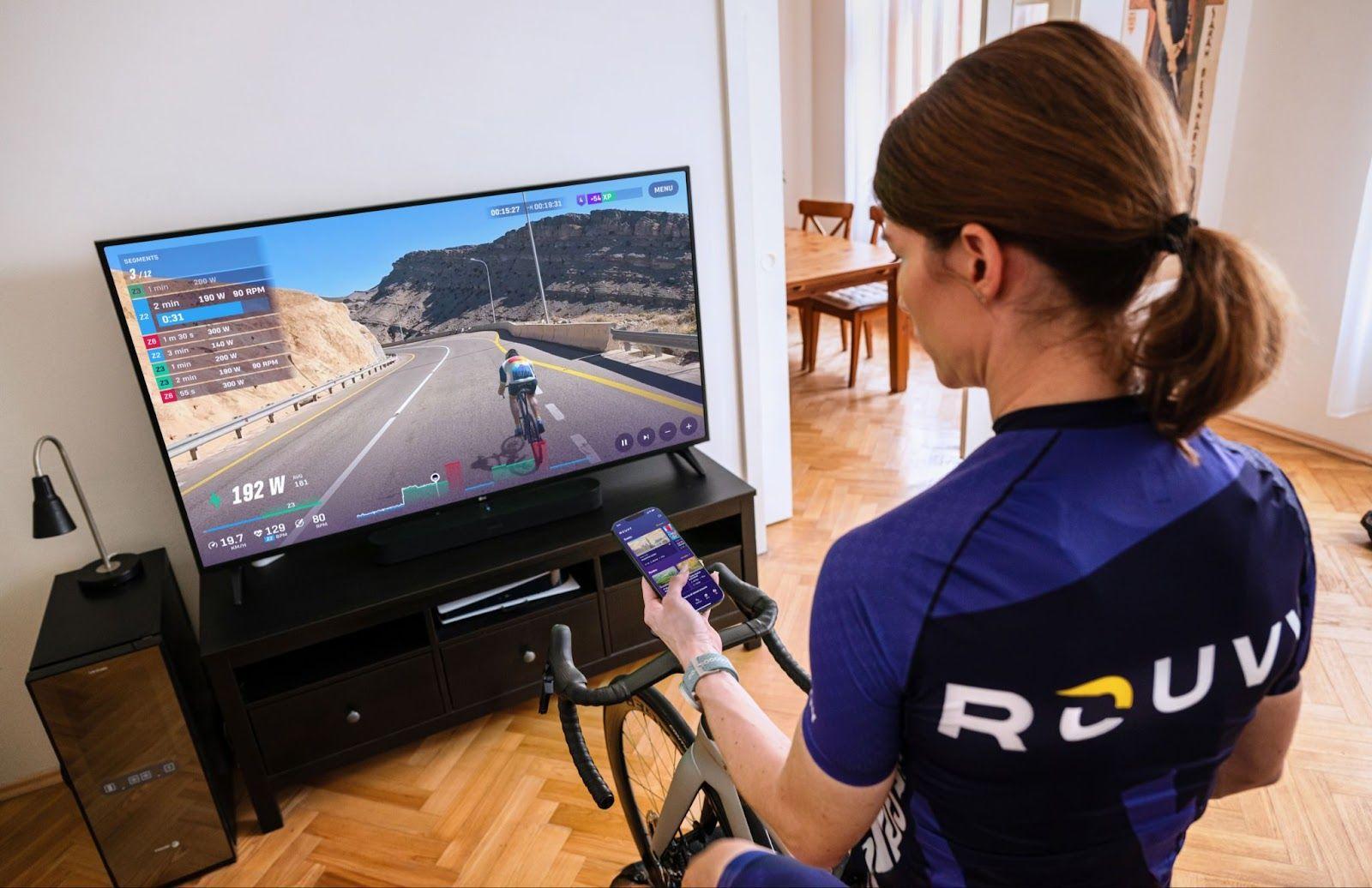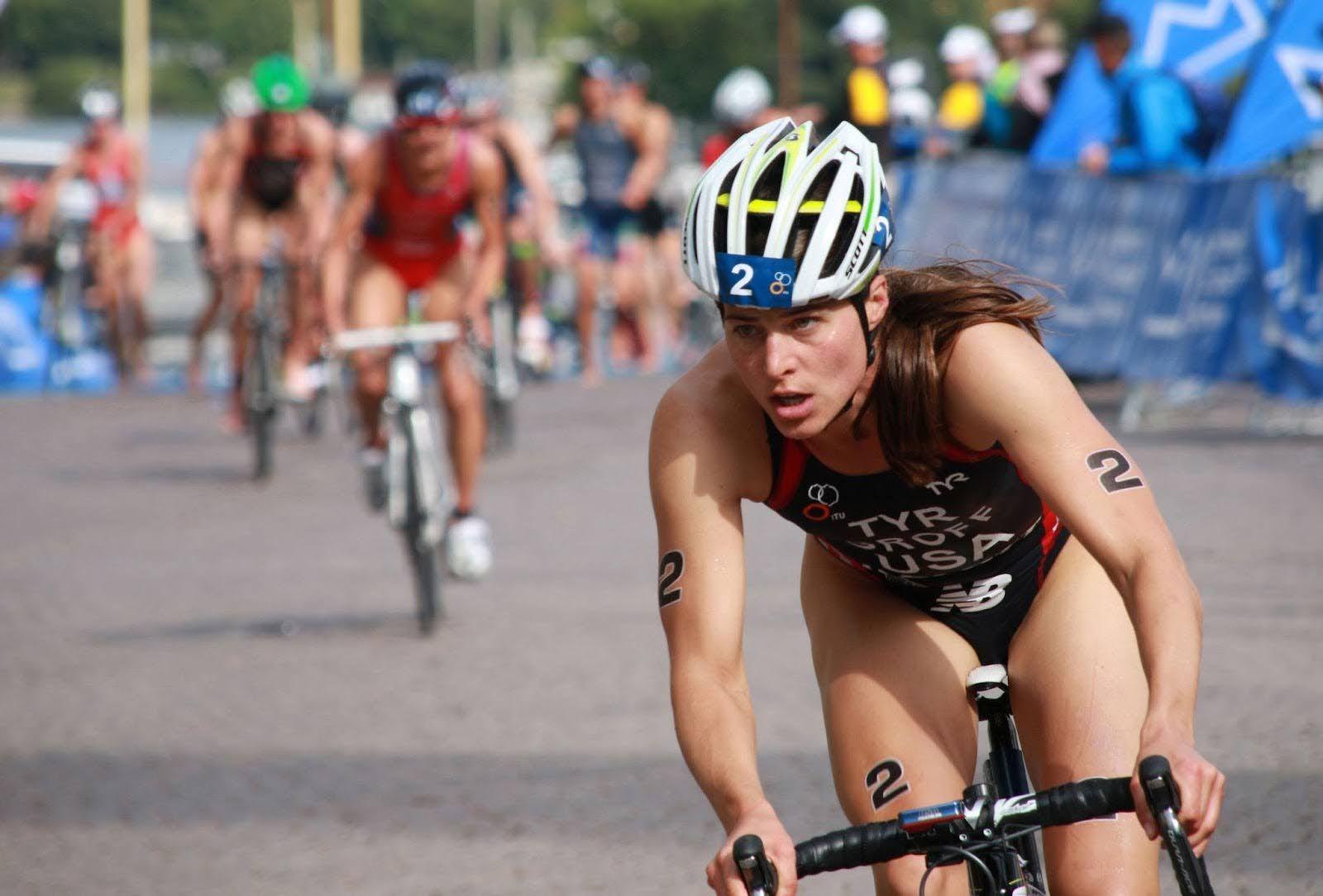
If you're serious about boosting cycling performance, one term stands out: VO2 Max. Often seen as the gold standard of aerobic capacity, a cyclist’s VO2 Max reflects how efficiently his or her body uses oxygen during intense activity.
But to increase VO2 Max, it takes more than hard pedaling – it requires smart preparation and a strategic approach.
VO2 Max training is not for beginners. These workouts place enormous stress on your cardiovascular system and muscular endurance. Attempting VO2 Max intervals without first developing a strong aerobic base is a recipe for burnout or injury.
Before engaging in high-intensity aerobic training, beginners should spend 6-8 weeks consistently training in Zone 2 to build stamina and optimize recovery capacity. This base sets the stage for the more demanding phases of a dedicated VO2 Max training plan.
Why VO2 Max matters in cycling
VO2 Max, or maximal oxygen uptake, is typically measured in ml/kg/min and determines how much oxygen your body can consume and convert into energy during peak exertion. Although genetics set the baseline, structured VO2 Max cycling can significantly improve VO2 Max over time.
A higher VO2 Max benefits not only elite racers but also recreational riders aiming for fitness breakthroughs. Whether you're grinding up a climb, pushing through a criterium, or simply chasing personal bests, VO2 Max training is a game-changer.
Benefits of increasing your VO2 Max
Higher Functional Threshold Power (FTP): Improved aerobic ceiling supports sustainable power at higher efforts.
Better endurance: Longer, faster rides with reduced fatigue.
Faster recovery: Enhanced oxygen use leads to quicker bounce-back between efforts.
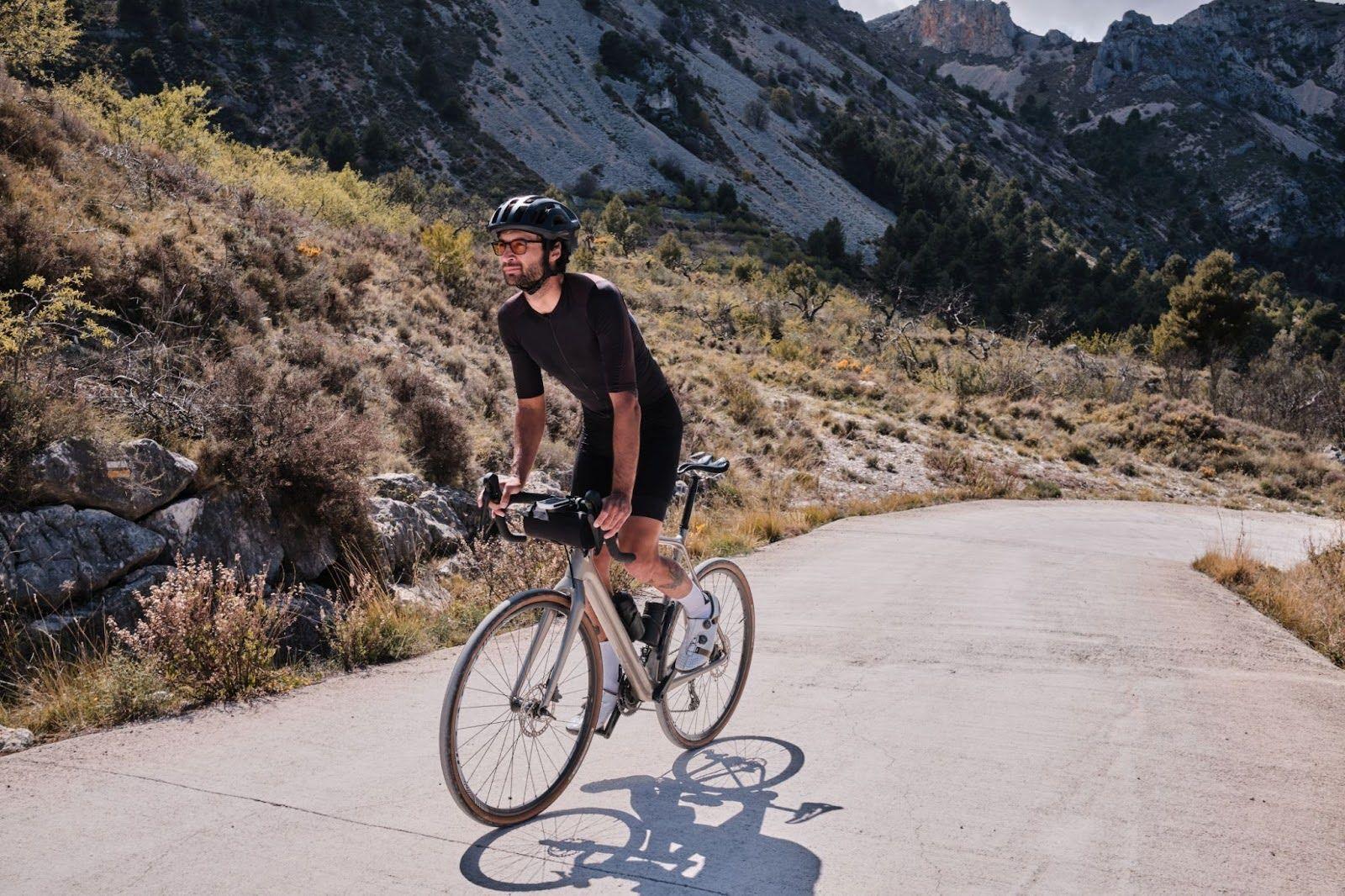
Superior performance: Climb harder, sprint stronger and maintain speed in races or gran fondos.
How to find your VO2 Max power zone
To train effectively, you need to target the correct VO2 Max power zone. This is typically 105-120 percent of FTP.
For example, if your FTP is 250W, your VO2 Max zone would be 262-300W. During these sessions, expect your heart rate to approach maximum and your breathing to become deep and labored – both signs that you’re working at true VO2 Max intensity.
Tip: Only do VO2 Max intervals when fresh. Fatigue dulls the stimulus and reduces training effectiveness.
VO2 Max intervals on ROUVY: Train smarter at home
Training outdoors isn’t always convenient or safe. ROUVY offers a controlled environment with structured sessions tailored for VO2 Max cycling. ROUVY offers:
Structured VO2 Max workouts
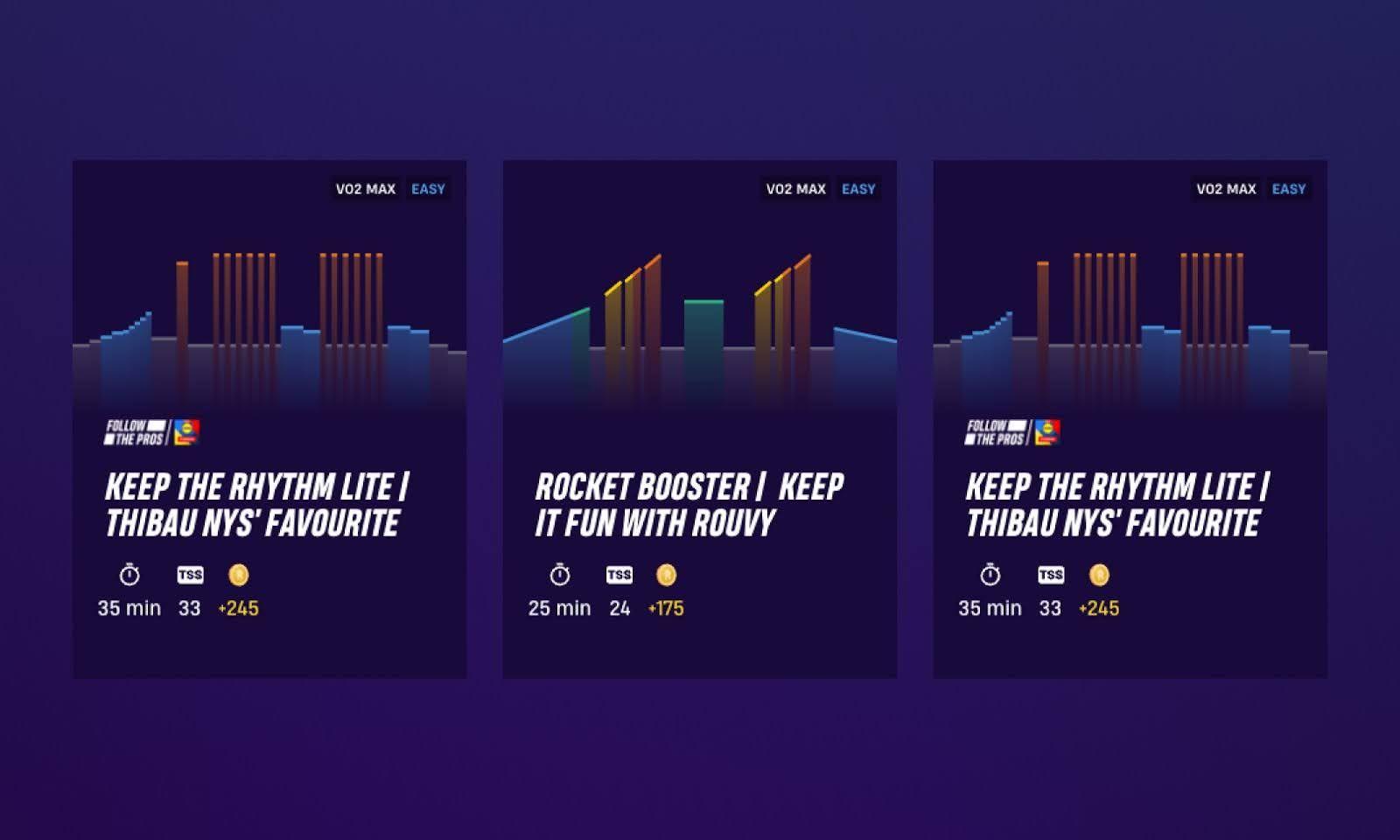
On ROUVY, you can choose from pre-built VO2 Max training plans or even create your own. Your smart trainer sets the resistance automatically, helping you stay in the optimal zone while tracking heart rate, cadence and power.
Real routes, real motivation
You can ride legendary climbs on ROUVY such as Passo dello Stelvio or Alpe d'Huez – without traffic. The thousands of immersive video routes on ROUVY transform tough sessions into motivating adventures.
Group rides & races
The best workouts for VO2 Max are the ones you can complete at full intensity. ROUVY’s group rides and competitive events provide accountability, pacing and motivation.
Racing with others pushes you harder, teaches drafting skills and keeps you mentally sharp.
Here’s a suggested race warm-up:
- 10-15 minutes riding in Zone 2.
- 1 minute in low Zone 3, and 1 minute in high Zone 3.
- 50 seconds at FTP, and 10 seconds at 90-percent sprint.
- 5-10 minutes at easy spin.
Best workouts for VO2 Max gains
Aim for 1-2 sessions per week of the following VO2 Max intervals, allowing full recovery between days.
5x4 minutes @ 110% FTP
4 minutes on, 4 minutes recovery.
Goal: Raise heart rate to VO2 Max and maintain it.
6x3 minutes @ 115% FTP
3 minutes on, 3 minutes off.
Goal: Maximize total time in VO2 Max zone.
Rønnestad intervals (30/15s)
Three sets of 8-13 reps:
30 seconds @ 120% FTP.
15 seconds @ 50% FTP.
5 minutes of rest between sets.
Goal: Sustain elevated heart rate and breathing for cumulative stress.
Over-Unders for VO2 Max
2 minutes @ 95% FTP + 30 seconds @ 115% FTP (repeat for 10 minutes).
8 minutes of recovery.
Goal: Simulate racing surges and improve aerobic adaptation.
Changing up formats prevents plateaus and keeps you motivated. The blend of longer steady intervals and shorter surges builds both aerobic power and muscular resilience.
Final tips to improve your VO2 Max
Fuel smart: Eat carbohydrates before intense workouts – don’t train fasted. For cyclists, proper nutrition is always essential – but especially during intense training.
Warm-up thoroughly: Dedicate at least 15 minutes to raising your heart rate and muscle temperature.
Track performance: Use a cycling computer or app to log your training metrics.
Prioritize recovery: Sleep and nutrition are crucial for VO2 Max adaptations.
Progress slowly: Monitor long-term gains, not day-to-day numbers.
Train Your VO2 Max the right way – with ROUVY by your side
There are no shortcuts to increase your VO2 Max – only dedication, structure and consistency. But with the right VO2 Max training plan, immersive tools like the ROUVY app, and a willingness to push your limits, you’ll become a faster, fitter and more resilient cyclist.

